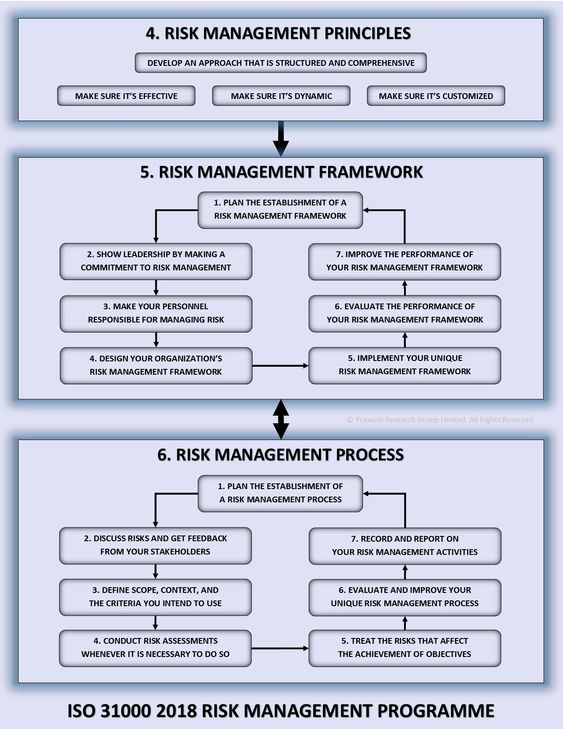Introduction
Risk management is a critical part of any business or organization. It helps to identify and mitigate risks that could potentially lead to losses or other negative impacts. As a result, organizations need to ensure that their risk management processes are up-to-date and effective. ISO 31000 is a new international standard for risk management that provides organizations with a comprehensive framework for managing risk.
What is ISO 31000?
ISO 31000 is an international standard for risk management that was developed by the International Organization for Standardization (ISO). It provides organizations with a framework for managing risk in a systematic, structured and proactive manner. The standard outlines the principles and processes for managing risk, and provides guidance on how to implement and maintain an effective risk management system.
Benefits of ISO 31000
ISO 31000 provides organizations with a number of benefits. It helps organizations to identify, assess and manage risks more effectively. It also helps to ensure that organizations are compliant with relevant laws and regulations. Additionally, it provides organizations with a framework for developing and implementing an effective risk management process.
Adopting ISO 31000
Organizations can adopt ISO 31000 by developing and implementing a risk management system that meets the requirements of the standard. This involves identifying risks, assessing their impact, and developing strategies to mitigate or eliminate them. Organizations should also develop policies and procedures to ensure that the risk management process is implemented and maintained effectively.
Implementing ISO 31000
Organizations should ensure that the risk management system is implemented and maintained in accordance with the standard. This includes developing processes for identifying and assessing risks, developing strategies to mitigate or eliminate risks, and monitoring and reviewing the risk management process. Additionally, organizations should ensure that the risk management system is regularly reviewed and updated to ensure it is effective.
Training and Certification
Organizations should ensure that their staff are adequately trained on the risk management system. Additionally, organizations should consider obtaining certification to demonstrate their commitment to risk management. This can help to demonstrate to customers and other stakeholders that the organization is taking the necessary steps to manage risks effectively.
Continuing to Improve
Organizations should ensure that their risk management system is regularly reviewed and updated to ensure it is effective. This can involve conducting internal audits, reviewing policies and procedures, and identifying any areas for improvement. Additionally, organizations should consider obtaining external certification to demonstrate their commitment to risk management.
You might find these FREE courses useful
- Risk Management in Personal Finance
- Investment Risk Management
- Market Risk Management: Frameworks & Strategies
- FinTech Risk Management
Conclusion
ISO 31000 is an international standard for risk management that provides organizations with a comprehensive framework for managing risk. It helps organizations to identify, assess and manage risks more effectively, and provides guidance on how to implement and maintain an effective risk management system. Additionally, organizations should ensure that their staff are adequately trained on the risk management system and consider obtaining certification to demonstrate their commitment to risk management.






